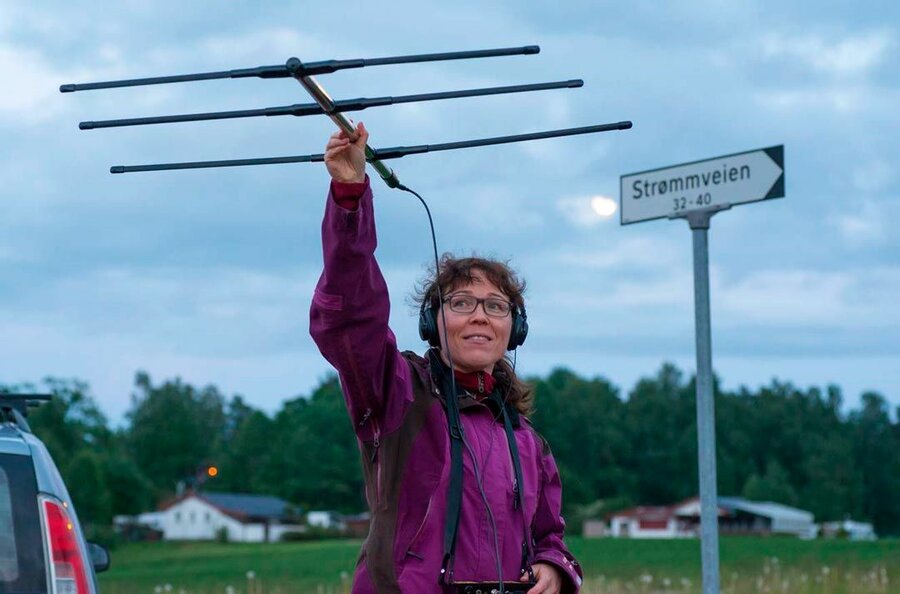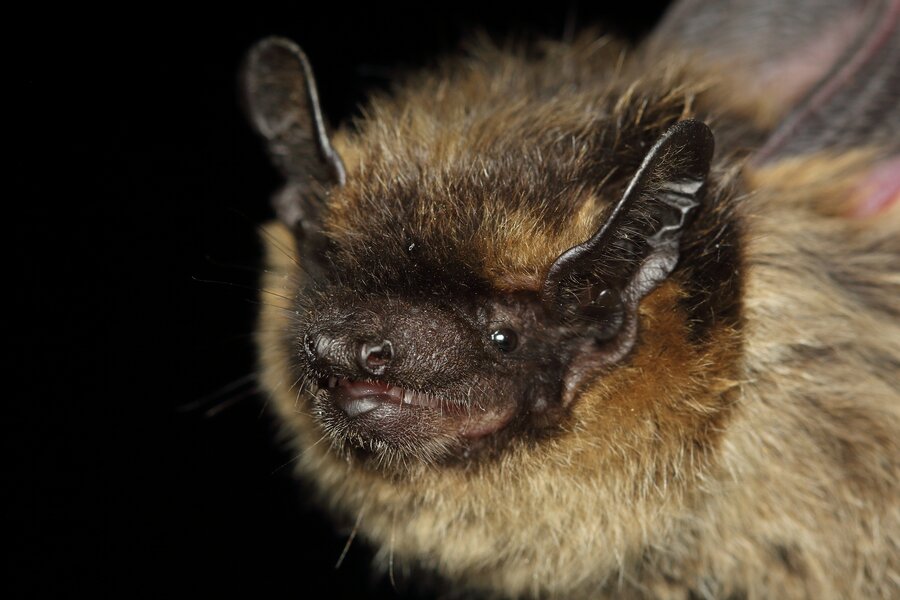A new project at NMBU will look in depth at what kind of effects onshore wind power plants have on the eagle owl and Norwegian bat species.
The development of onshore wind power plants has expanded greatly in the Nordics over the past fifteen years. At the same time, concerns about consequences for wildlife have also increased.
A new project from NMBU has received funding from the Research Council of Norway to investigate the effects of wind power plants on hubbro and Norwegian bat species. The project will also research methods for predicting the risk of negative effects.
Lack of pre and post build assessments
"From international research and impact studies, we know that wind turbines can represent a threat to both bird and bat populations," says project leader and professor Katrine Eldegard.
This applies both through direct mortality such as collisions, but also indirectly because the animals avoid areas with turbines or lose habitat when the wind farm is established.
In the development of wind energy in Norway, risk assessments of potential impacts on birds have been carried out before construction in many projects. Monitoring after construction, however, has been very limited.
"With regards to bats, these have so far rarely or never been considered or taken into account in connection with the development of energy infrastructure in Norway," she says.
"But one of our previous studies carried out in a wind power plant in Norway, and accidental findings made in connection with investigations of effects on birdlife, indicate that wind power can be a challenge for bats in Norway as well."

Large knowledge gaps
"Bats make up a significant part of Norwegain land fauna," comments Eldegard.
"More than 20 percent of mammal species are bats, yet we know relatively little about them."
Our knowledge on the eagle owl is better. An earlier report from Nord University concluded that in wind power areas in Trøndelag, the number of eagle owls has been reduced by over 40 per cent after wind power development.
"But our knowledge of eagle owls and wind turbines also has big gaps," she says.
The development of wind energy can potentially have major ripple effects on Norwegian stocks, she says.
The hubro is categorized as highly threatened (EN) on the Norwegian red list of species, and is the only species of bird of prey in Norway that has its own national action plan.
In the new project, the researchers will, among other things:
- Describe and explain the effects of wind turbines on bats
- Describe and explain the effects of wind turbines on hub bridges
- Map and predict the risk of negative effects in time and space
In addition to scientific publications, the project will also carry out other forms of knowledge dissemination to researchers, public management, consultants and energy industry, including seminars/courses and a national conference on the effects of energy infrastructure on wildlife.

First of its kind
The project is the first of its kind to investigate the effects of wind turbines on bats and owls in the same study area.
"From an ecological point of view, bats and eagle owls have several traits in common," says Eldegard.
"Both animal groups are flying, nocturnal and shy animals that live relatively long and have 'slow' life histories, which mean that the loss of individual individuals can have a relatively large impact on the populations."
The methodology in the project will be far more ambitious and comprehensive than a normal impact assessment.
An impact assessment is usually limited both spatially and temporally, and rarely designed to capture effects on long-lived species with large area requirements.
"We will collect extensive amounts of data, and create spatial prediction models to be able to predict future consequences," she concludes.
About the project
Tittle: Impacts of wind turbines on flying nocturnal wildlife
Duration: 4 years
Budget: 12 million NOK
Funding: The Research Council of Norway
Program: Collaborative Project to Meet Societal and Industry-related Challenges
Coordinator: NMBU
Partners: Noregs vassdrags- og energidirektorat (NVE), Miljødirektoratet, Naturformidling van der Kooij, Ecofact AS, Norsk Vind AS, University of Sussex (UK)
